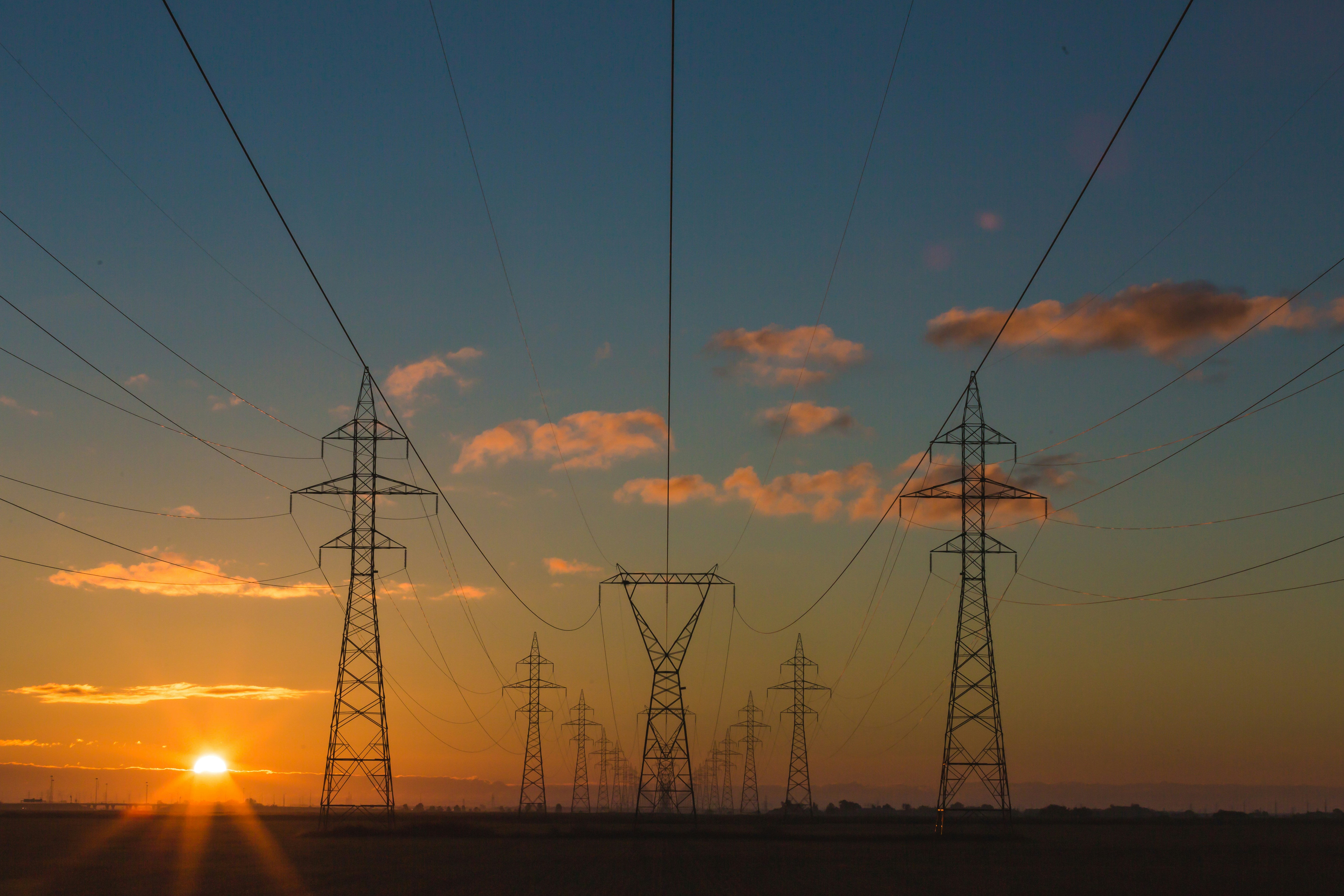Electricity is one of the most essential utilities used by people the world over. Electricity usage in 2019 totaled 3.99 trillion kilowatt-hours, powering lights, heaters, computers, and a host of other equipment. Electrical shutdowns can affect businesses, private residences, and even government institutions. Electricity seems to be the lifeblood on which our world turns, and our dependence on it is heightened with every passing year—since 1950, electricity use in the United States alone has increased 13-fold.
As a consumer, you’ll want to find the best electrical provider possible. You want a company that is cost-effective but also provides the best electrical coverage possible. Here are a few tips that can help if you are switching electricity providers.
1. Electricity Producers vs. Utilities or Suppliers

When looking to change electricity providers, its best to know what type of provider they will be. Producers are companies that actually generate the power which you will use, whereas utilities only have the responsibility of transporting the power generated by producers. This power is transferred over the grid and to you, the user, and the consumer.
Lastly, suppliers are sort of like wholesale markets. These are the companies that buy and sell electrical power. As a customer, you can buy power either directly from utilities or from a retail energy supplier. Knowing these differences can be key in making a solid decision of moving to another electricity provider.
2. Buying From a Utility vs a Supplier

If you decide to purchase electricity from a supplier, you’ll be given the option to select a fixed-rate electricity plan. This means you will be allowed to lock in a rate for a set period. The great things about plans such as these are that they give you a certain sense of comfort that your bills will stay the same. The risk of potential price hikes when market conditions change is negated in circumstances like this.
If you decide to purchase your electricity through a utility, it’s often done through a variable-rate plan. This means the rate you pay for electricity might change from month to month. Such plans can fluctuate when prices rise and fall in the market.
3. The Ease of Transferring

Nowadays, changing service providers for services like cable, gas, internet, and electricity is usually a seamless process. Transferring your service from one provider to another can be easy in most respects, which makes the process a bit less stressful. One thing to take into consideration when changing electricity providers is how easy the process is. If it takes mere minutes, then the electrical provider you’re looking at switching to might be the best choice.
4. Supplier Licensing

If you decide to switch to a supplier, then you’ll need to confirm that the supplier you’ve chosen has a state license. Every entity that sells energy at the state level must have a license to sell electricity through a public utility. If this isn’t the case, then it would be best to seek out other options when seeking out the best option for an electrical provider.
5. Avoiding common pitfalls
When switching electricity providers, its best to avoid the dangers associated with making such a selection. First on the list is to avoid low introductory offers. When the promotion for such rates expires, then the costs can become extremely high. Second, be aware of auto-renewal. You don’t want your contract to be subjected to renewing without your consent. Lastly, avoid energy providers who use misleading tactics.
For example, let’s say a person shows up at your home and says your local utility company sent them. They might even contact you to say that you only have a limited amount of time to switch suppliers. These are signs of a scam, as utility companies won’t send someone out on their behalf without any proper notice. Be aware of such pitfalls when looking into switching electric providers.













